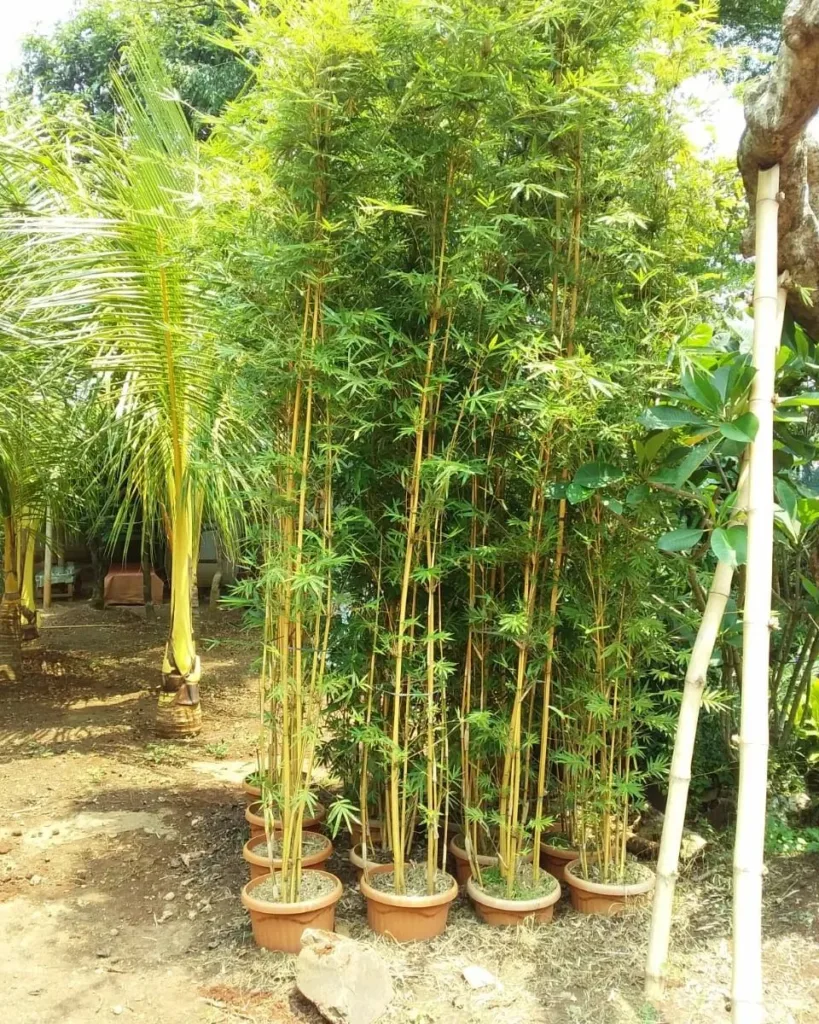Hoya Coronaria: The Fuzzy, Fragrant Friend
Greetings, plant enthusiasts! Ferb Vu here, and today we delve into the world of the Hoya Coronaria, a captivating member of the Hoya family. This beauty boasts fuzzy foliage, fragrant blooms, and a tolerance for neglect, making it a fantastic choice for both seasoned and novice plant parents.
566 Species in Genus Hoya
What Makes the Hoya Coronaria Special?
The Hoya Coronaria, aptly named after the Latin word “coronaria” meaning “garlanding,” is known for its crown-like clusters of star-shaped flowers. These blooms, often red or white with a contrasting center, exude a sweet, honeyed fragrance, especially in the evenings. But the charm doesn’t stop there. The Hoya Coronaria’s velvety, elliptical leaves add a touch of whimsy to any indoor space.
Easy Care: Unlike some high-maintenance houseplants, the Hoya Coronaria thrives on a bit of neglect. Its succulent-like leaves store water, making it forgiving of missed waterings. This characteristic makes it ideal for busy individuals or those prone to forgetting their leafy companions.
Compact Climber: The Hoya Coronaria’s climbing nature allows you to train it up a moss pole, trellis, or hanging basket. This versatility adds another dimension to its appeal, letting you personalize its display according to your space and preferences.
Sweetly Scented: As mentioned earlier, the Hoya Coronaria’s evening fragrance is a delightful bonus. The sweet, honeyed aroma adds a touch of serenity to your home environment, particularly when the blooms unfurl.
Hoya Coronaria vs. Hoya Carnosa
The Hoya Coronaria is often compared to its close relative, the Hoya Carnosa, also known as the Wax Flower. Both share similar care requirements and boast beautiful blooms. However, some key differences set them apart:
- Leaves: The Hoya Coronaria’s leaves are typically smaller and more oval-shaped compared to the Hoya Carnosa’s larger, more plump leaves. Additionally, the Hoya Coronaria’s foliage boasts a fuzzy texture, absent in the Hoya Carnosa.
- Flowers: While both Hoyas produce clusters of star-shaped blooms, the Hoya Coronaria’s flowers are generally red or white, while the Hoya Carnosa offers a wider variety of colors, including pink and purple.
- Sun Requirements: The Hoya Coronaria can tolerate more sunlight than the Hoya Carnosa, which prefers bright, indirect light.
Ultimately, the choice between these two Hoyas comes down to personal preference. The Hoya Coronaria’s compact size, fuzzy leaves, and red blooms might appeal to some, while others might favor the wider color palette and larger leaves of the Hoya Carnosa.
How to care for Hoya Coronaria?
Providing a loving home for your Hoya Coronaria is quite straightforward:
- Light: Bright, indirect light is ideal. Avoid harsh, direct sunlight, which can scorch the leaves.
- Water: Water thoroughly when the top inch of soil dries out. Avoid overwatering, as this can lead to root rot.
- Soil: A well-draining potting mix specifically formulated for cacti and succulents is recommended.
- Humidity: While the Hoya Coronaria tolerates average household humidity, it thrives in a more humid environment. Grouping plants together or using a pebble tray with water can help increase humidity levels.
- Fertilizer: A balanced fertilizer diluted to half strength can be applied during the growing season (spring and summer) once a month. However, remember, this Hoya is not a heavy feeder.
- Temperature: Aim for comfortable room temperatures between 65°F and 80°F (18°C and 27°C).
How to get Hoya Coronaria Bloom?
While the Hoya Coronaria isn’t the most prolific bloomer, there are ways to encourage flower production:
- Provide adequate light: As mentioned earlier, bright, indirect light is crucial for healthy growth and flower development.
- Don’t over-fertilize: Excessive fertilizer promotes foliage growth at the expense of blooms. Stick to a balanced fertilizer and use it sparingly, especially during the off-blooming season.
- Rootbound bliss: Contrary to popular belief, Hoyas, including the Coronaria, tend to flower more readily when slightly rootbound. Repot only when the roots outgrow the current container.
- Don’t prune before winter: Avoid pruning your Hoya Coronaria in the late fall or winter. New flower buds often form on the previous year’s growth.
By following these simple tips, you can witness the captivating blooms of your Hoya Coronaria and enjoy its delightful fragrance.
If i die, water my plants!



